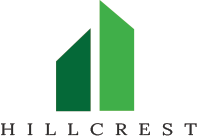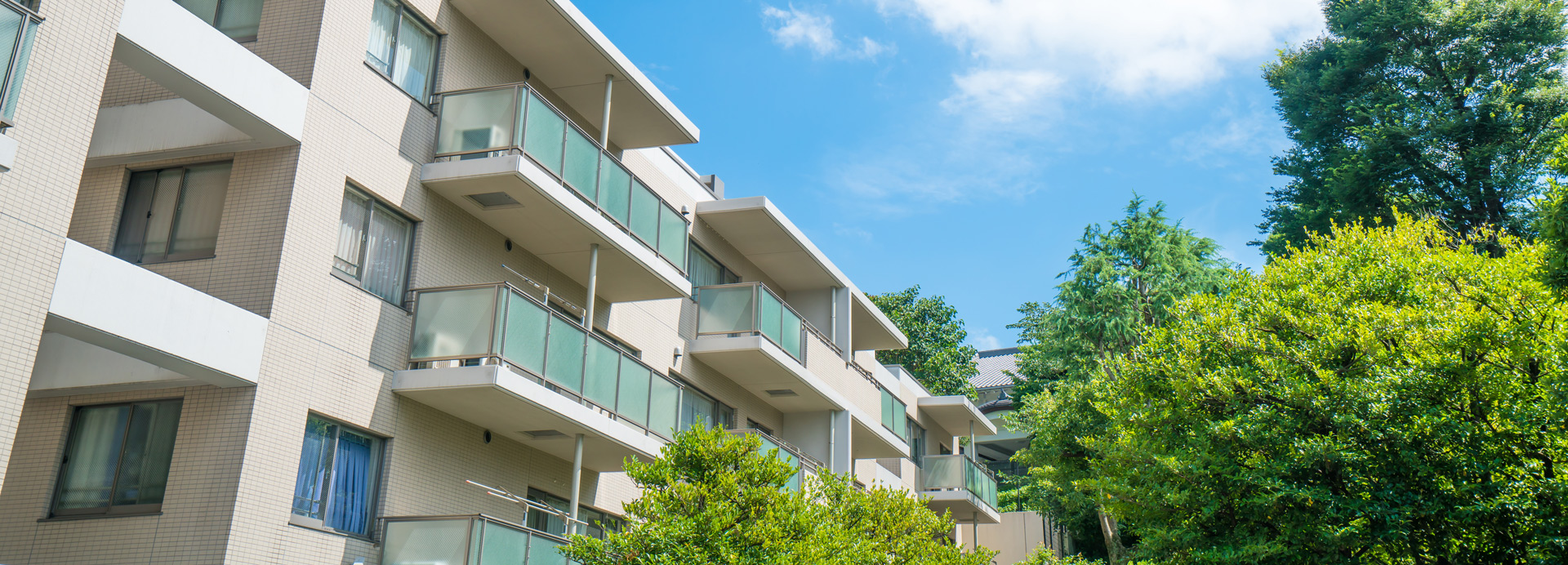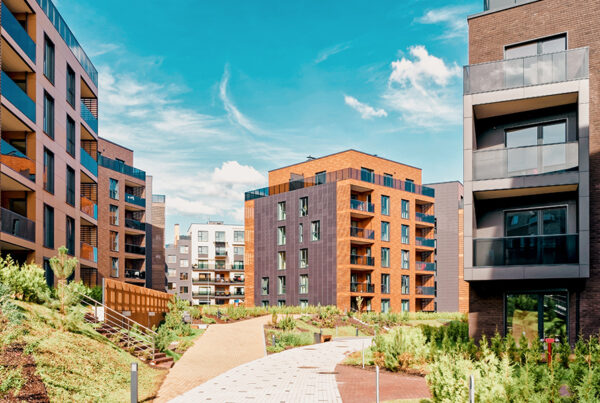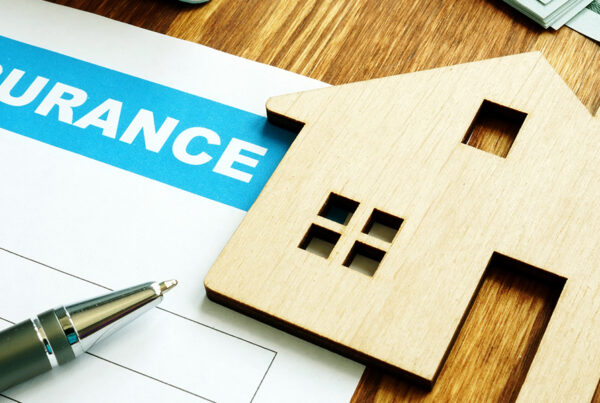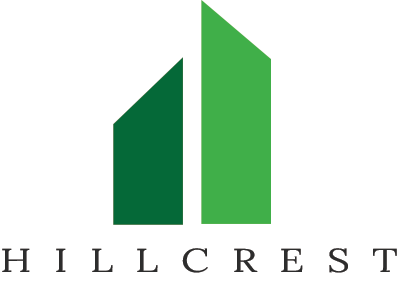H06 insurance is essential for condo owners who want to protect their personal property and units. This type of insurance is designed specifically for condominium owners. It offers protection to things that the condo association’s master policy does not cover.
What is H06 Insurance?
H06 insurance, also known as condo homeowners insurance, protects the interior of a condo unit and the owner’s personal belongings. It is different from the condo association’s master policy, which only covers the building’s structure and common areas.
This type of insurance is usually customizable, allowing condo owners to choose the level of coverage they need. It typically covers damage from fire, theft, vandalism, and certain natural disasters. Additionally, it offers liability protection if someone gets injured inside the condo.
H06 insurance is not the same as renter’s insurance. Renters only need to cover their belongings. In contrast, condo owners need to cover their personal property and parts of the interior structure. This includes walls, flooring, and built-in appliances.
Is HO 6 Insurance Required?
Generally, H06 insurance is not legally required, but mortgage lenders often require it to protect their investment. Some condo associations also mandate that unit owners obtain condo homeowners insurance. This ensures owners can cover interior damages and liability claims.
In Illinois, there are no state laws that require condo owners to purchase H06 insurance. That said, unit owners should refer to their condo’s bylaws and CC&Rs, as these may include this requirement. This is common practice for many condo associations.
According to the Illinois Condominium Property Act, a condo board can require owners to get insurance that covers personal liability and damages to other units (765 ILCS 605/12).
Even if there is no such requirement, unit owners would be smart to obtain H06 insurance. Not only does it provide peace of mind, but it also offers financial protection in certain covered perils. More often than not, a condo association’s master policy doesn’t extend to individual units.
What’s Included in Condo Insurance Coverage

H06 insurance covers several important aspects of condo ownership. It fills the gaps that the condo association’s master policy can’t. This type of condo insurance typically covers the following:
- Personal Property. This includes furniture, clothing, electronics, and other personal belongings. The policy protects against theft, fire, vandalism, and specific natural disasters.
- Interior Structure. H06 insurance covers the interior walls, flooring, and built-in appliances. It also includes improvements and upgrades made by the condo owner.
- Loss of Use. If the covered damages render a condo uninhabitable, the policy covers temporary living expenses. This includes hotel costs and additional living expenses.
- Liability Protection. If someone gets injured inside the condo, the policy covers medical expenses and legal fees. It also covers property damage caused by the owner or their family members.
- Loss Assessment. If the condo association imposes a special assessment to cover damages to common areas, H06 insurance helps cover the owner’s portion of the cost.
Keep in mind that not all condo insurance policies are made equal. Unit owners should check policy limits and exclusions to know the extent of their coverage.
What H06 Insurance Does Not Cover
While H06 insurance covers many risks, it also has exclusions. Condo owners need to understand what H06 insurance doesn’t cover to help them manage their expectations.
- Floods and Earthquakes. Condo insurance typically does not cover natural disasters, such as floods and earthquakes. An owner will likely need a separate policy for each.
- Wear and Tear. This policy also does not cover normal wear and tear, maintenance issues, or gradual deterioration.
- Intentional Damage. Any intentional or fraudulent damage is not covered.
- Damage From Pests. This refers to the damages caused by termites, rodents, and other pests.
- Business-Related Claims. If the condo is used for business purposes, the policy does not cover liability or property damage related to those activities.
HO-6 Insurance vs HO-3 Insurance
HO-6 insurance and HO-3 insurance are both property insurance policies, but they cover different types of homes. It is important to know the difference between these two policies so that owners can choose the one that is right for them.
- HO-6 Insurance. Otherwise known as condo insurance, H06 insurance specifically covers condo units. It covers the interior structure and personal property. It also provides liability protection within the unit.
- HO-3 Insurance. Otherwise known as homeowners’ insurance, H03 insurance specifically covers single-family homes. It covers the entire structure, including the roof, exterior walls, and attached structures. It also covers personal property and liability protection.
Condo Insurance HO6 Benefits and Pitfalls
While H06 insurance comes with several advantages, there are also some limitations that owners should know about. Here are the pros and cons of condo insurance.
Benefits
First of all, condo insurance covers personal property, the interior structure, and liability claims. Owners can protect their financial interests and investments with this type of insurance, eliminating the need to pay out of pocket.
HO6 insurance is also customizable, giving owners the freedom to choose coverage limits and additional endorsements. If the condo association charges special assessments, some policies also offer loss assessment coverage.
Finally, if nothing else, condo insurance offers peace of mind. With a comprehensive policy in place, owners can’t rest assured knowing their investments are in safe hands.
Pitfalls
When it comes to pitfalls, condo insurance also has a few. The first is policy exclusions, but that is normal for any type of insurance policy. For condo insurance, some risks and perils don’t have coverage, such as floods and earthquakes. Owners can take out a separate policy for those not covered by their H06 insurance.
Of course, no insurance comes free. Owners must also pay premiums to keep their policy intact, but these premiums can vary depending on coverage limits and location. Some premiums can be higher than others.
Finally, there may be coverage gaps. If a policy has inadequate coverage, owners might have to pay for expenses during a claim.
How to Get the Best Condo Insurance
Finding the best policy requires some research and effort. Here’s how to get the best H06 insurance.
1. Review the Condo Association’s Master Policy

Before purchasing H06 insurance, condo owners should review their condo association’s master policy. This will help them understand what is covered and what is not. There are generally two types of master policies: bare walls-in policy and all-in policy.
- Bare Walls-In Policy. This covers only the condominium’s structure. That means condo owners are responsible for the interior walls, fixtures, and personal property.
- All-In Policy. This includes the interior structure, such as walls, flooring, and built-in appliances. Condo owners must get coverage for personal belongings.
If the condo association has a bare walls-in policy, owners must get a more comprehensive HO6 policy. Conversely, if the condo association has an all-in policy, owners can settle for a more basic policy that covers personal belongings.
2. Assess Personal Property and Interior Fixtures
Condo owners must then evaluate their personal belongings and interior fixtures. Creating a detailed list of these things, along with estimated values, will help owners determine the amount of coverage they need. It also makes it easier to file a claim.
3. Compare Multiple Quotes
It is a good idea for owners to obtain multiple quotes from different providers. This will allow them to compare prices, coverages, exclusions, and more.
4. Check for Discounts
Some insurance companies offer discounts that make policies more affordable. Condo owners should ask about bundling discounts, security system discounts, claims-free discounts, and loyalty discounts.
5. Choose the Right Deductible
The deductible is the amount the condo owner pays out of pocket before the insurance policy covers the remaining claim. A higher deductible comes with a lower premium, but it also means paying more out of pocket. Owners should evaluate their financial situation to determine the deductible that is best for them.
6. Consider Additional Endorsements
H06 insurance policies come with standard coverages, but condo owners may need additional endorsements or riders for better protection. Some options include water backup coverage, replacement cost rider, special assessment coverage, high-value item coverage, and flood or earthquake insurance.
Common Condo Maintenance Disputes
Both the condo association and unit owners have maintenance responsibilities. It is normal for disputes to arise from this, especially when it is unclear who must cover the cost.
Perhaps the most common maintenance dispute between a condo and a unit owner is who is responsible for repairs. Typically, owners are responsible for covering the repairs to the interior of their units, while the association covers the exterior and common elements. It is best to review the condo’s governing documents for exact maintenance responsibilities.
Another common dispute is over water damage claims. When there is a leak between units, for example, it is often difficult to determine who is responsible. Owners will also complain when the association fails to maintain the common elements or the building exterior.
Finally, a condo association will sometimes need to levy special assessments to cover maintenance needs. Ideally, the condo board would have budgeted for maintenance and repairs early on, but many things can throw the budget off. Owners don’t usually take it well when the association collects special assessments.
A Smart Investment
Clearly, H06 insurance plays a crucial role in protecting an owner’s financial interests. Even if there is no requirement to obtain such a policy, owners would be wise to get one anyway.
Hillcrest offers condo management services to communities in Chicago. Call us today at 630-627-3303 or contact us online to request a proposal!
RELATED ARTICLES:
- HOA Insurance: Types, Coverage And FAQs
- 9 Benefits Of Condo Association Insurance
- How HOA Reserve Funds Protect Your Community’s Future
